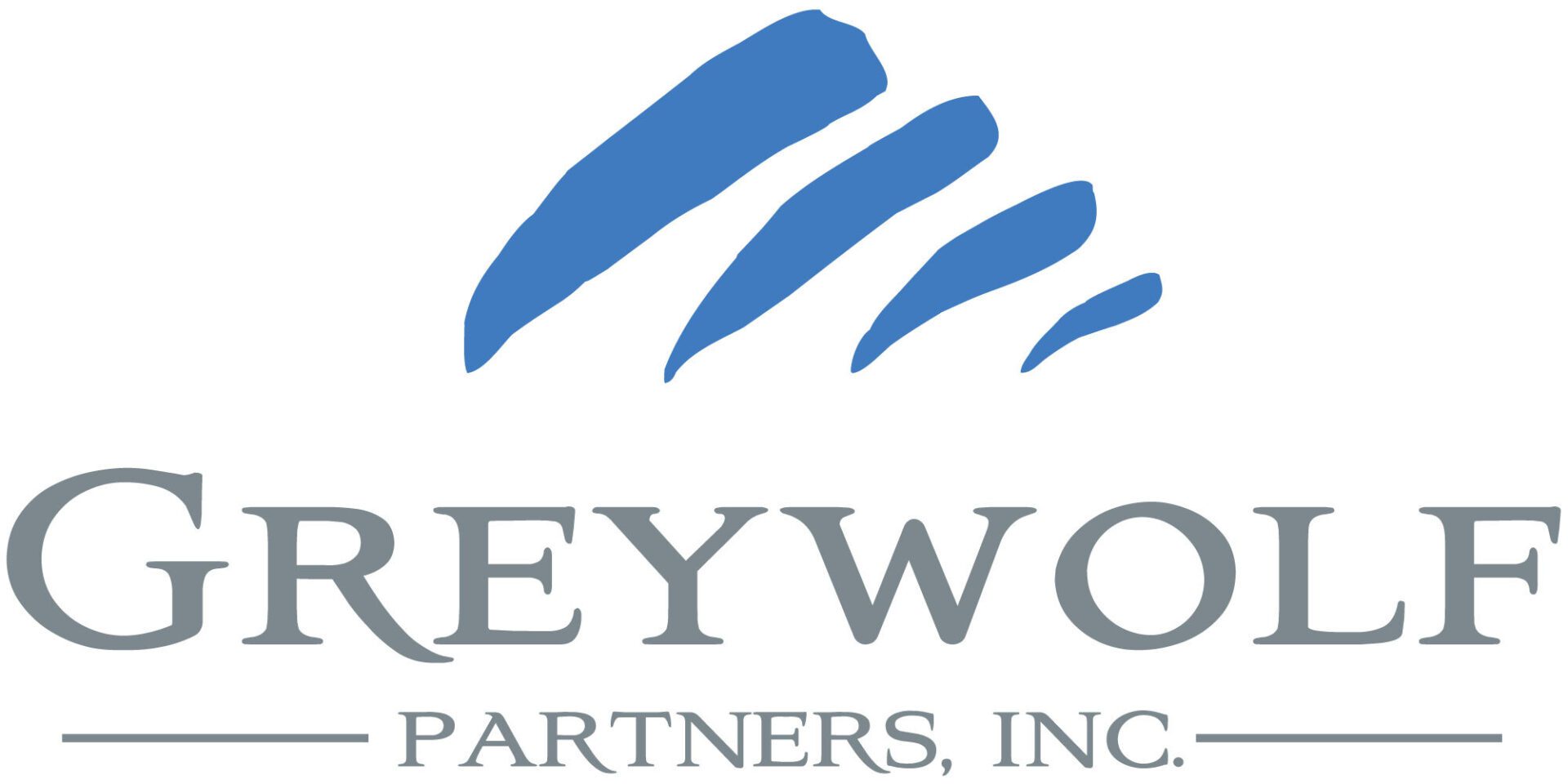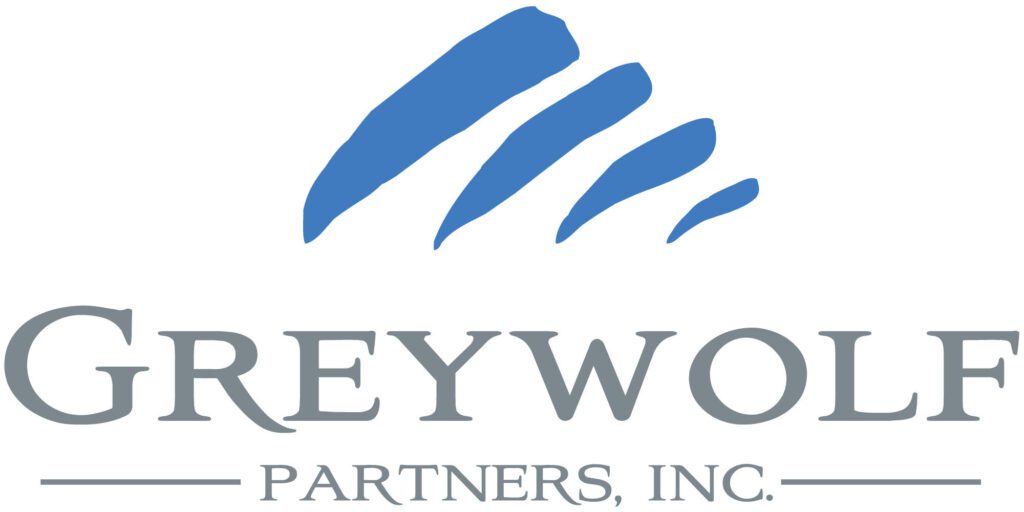With the continuing changes in real estate, the development sector is also seeing changes in the industry. To get a more in-depth look, Greywolf Partner’s Bailey Copeland, Vice President of Development, has shared information on the trends, challenges and strategies for navigating the current market.
The Current Landscape
The current landscape is a challenging one for developers. Many are reconsidering projects or holding back on deals they have been working on due to the current unfavorable financial conditions. High interest rates and persistently high construction costs are creating hurdles for ground-up construction. The pandemic has spiked these costs over the past few years, making it a challenge despite decreases from the peak of costs of several sectors of the construction market. The only glimmer of hope lies in public funding tools such as Tax Increment Financing (TIF) and grants, signaling a shift towards more collaborative approaches to project financing. Some municipalities are keen on redeveloping blighted properties, offering potential incentives such as TIF for these projects.
While these challenges affect all types of developments, there is one product type that remains strong: multifamily developments. New-construction multifamily has held resilient amidst the current financial situation due to the lack of housing supply, combined with the increasing demand for housing. Unfortunately, the same optimism does not extend to other property types, specifically retail. New retail construction faces challenges, despite all-time low vacancy rates, due to the amount of existing inventory in the market. Many retail users are getting creative in an attempt to open in desired markets by repurposing or retrofitting existing brick-and-mortar locations.
The next challenge on the horizon is going to be multifamily, the current product type remaining strong. Before long, there will be a multitude of loans for various multifamily properties that will be expiring soon. With the increased interest rates, there will be a portion of these properties that will end up being in trouble, because the proforma’s won’t balance out with these higher rates that will have to be applied to loans. These property owners will be pressured to restructure their capital stack or sell to new owners.
Key Considerations for Development
Developers must be prepared for the long haul in today’s market that is characterized by high costs and uncertainty. It is crucial, now more than ever, to engage with municipalities early in the development process, to foster partnerships that can mutually benefit both the developer and the local community.
It is also important to work with an experienced development team when considering a project given the current challenges in the market. Trust, relationships, and the ability to pivot when necessary are critical factors to a successful development. In an industry where success is a collective effort, having a reliable and experienced team becomes invaluable.
In the dynamic world of real estate development challenges are met with innovation. Success is built on trust, collaboration and strategic adaptation to market shifts. Developers must exercise caution as the industry navigates high costs and market fluctuations, but also remain adaptable, creative and strategic to weather the storm and position themselves for the next cycle.
If you are interested in learning more about development with Greywolf Partners, Inc. or any of its current projects, please contact Bailey Copeland at bailey.copeland@greywp.com or visit greywolfpartners.com.


